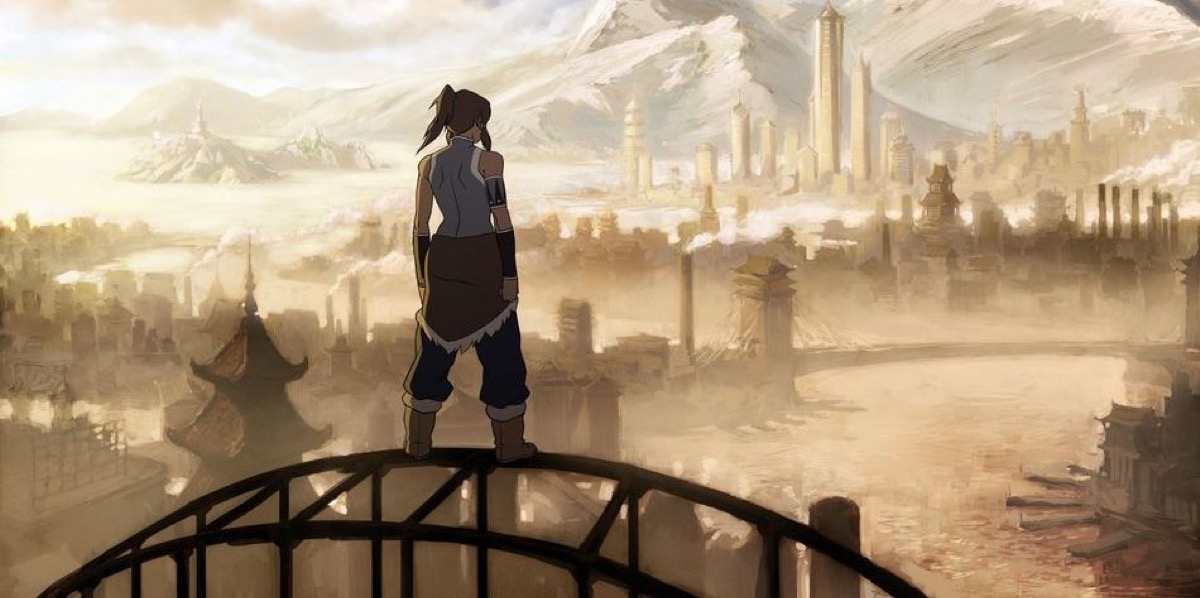The Legend of Korra is a show always ripe for a retrospective. The Avatar: The Last Airbender sequel series that ran for four seasons (2012-2014) was divisive among fans of the previous incarnation, especially with the earlier seasons. Most people pinpoint the third and fourth seasons (Books Change & Balance) as the high points of the series, but something controversial did happen: the depowering of Korra.
Each season of Korra focused on a different political movement taking place (all of them honestly poorly handled, to a degree) and in Book 3, a group of “anarchists” come into power and the leader, Zaheer, tortures her. His plan was to kill Korra while she was in the Avatar State and end the Avatar cycle. While Korra survived the ordeal, she was left with PTSD that took up her arc in Book 4: Balance.
“I know I was in a pretty dark place after I was poisoned. But I finally understand why I had to go through all that. I needed to understand what true suffering was so I could be more compassionate to others, even to people like Kuvira,” is what Korra tells her mentor, Tenzin, in the finale episode of the series.
On the surface, this is a hard statement to swallow, especially since very often in Western media, women and femme-presenting people are often given a monopoly of a specific kind of suffering to humble them. With a character like Korra, who was so brash and powerful, and in full knowledge of that, seeing her say that it was good to be tormented feels like a perpetuation of that.
But Korra, while having a mostly non-Asian writing and creative team, is based on a pan-Asian ideology, especially the important concept of Duḥkha, which is present in Hinduism and Buddhism, where a sense of understanding is formed through suffering (which differs in both faiths). In many ways, Korra‘s journey is about that—someone who is of many privileges as the Avatar, the niece of the Chief to the Water Tribes, and lived a largely sheltered life. It is uncomfortable and in many ways unusual to have this brown-skinned woman being elevated to this position, because it is so stereotyped, but not so much in the world of Avatar.
In Avatar, despite the voice actors of most characters, the characters are non-white people, and there is gender diversity in multiple venues. Korra going through this kind of character evolution, within the context of Avatar, is one of the few examples that doesn’t feel like trauma porn for the sake of it. It feels valid because the universe the franchise created, despite its flaws, is the kind of place where a female protagonist can explore what it means to be a god being and then figure out what it means to be responsible with that power.
Rewatching Korra is always an experience. There are highs, there are lows, there is important criticism from the Asian community about the Avatar series in general, and it still remains one of the few shows I am always excited to rewatch. It was worth sticking with, and I’m glad to get to do so over and over again.
(image: Nickelodeon)
Want more stories like this? Become a subscriber and support the site!
—The Mary Sue has a strict comment policy that forbids, but is not limited to, personal insults toward anyone, hate speech, and trolling.—










Published: Apr 1, 2021 11:53 am